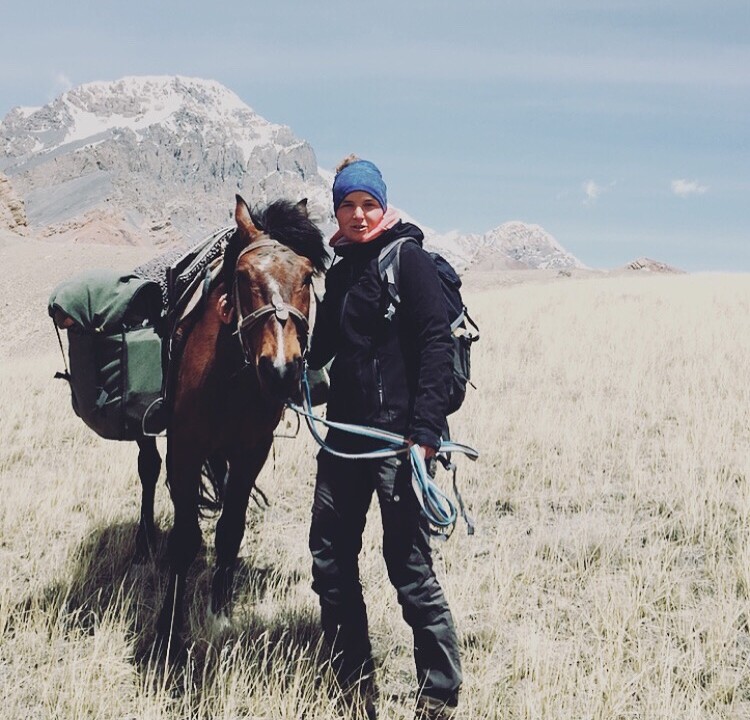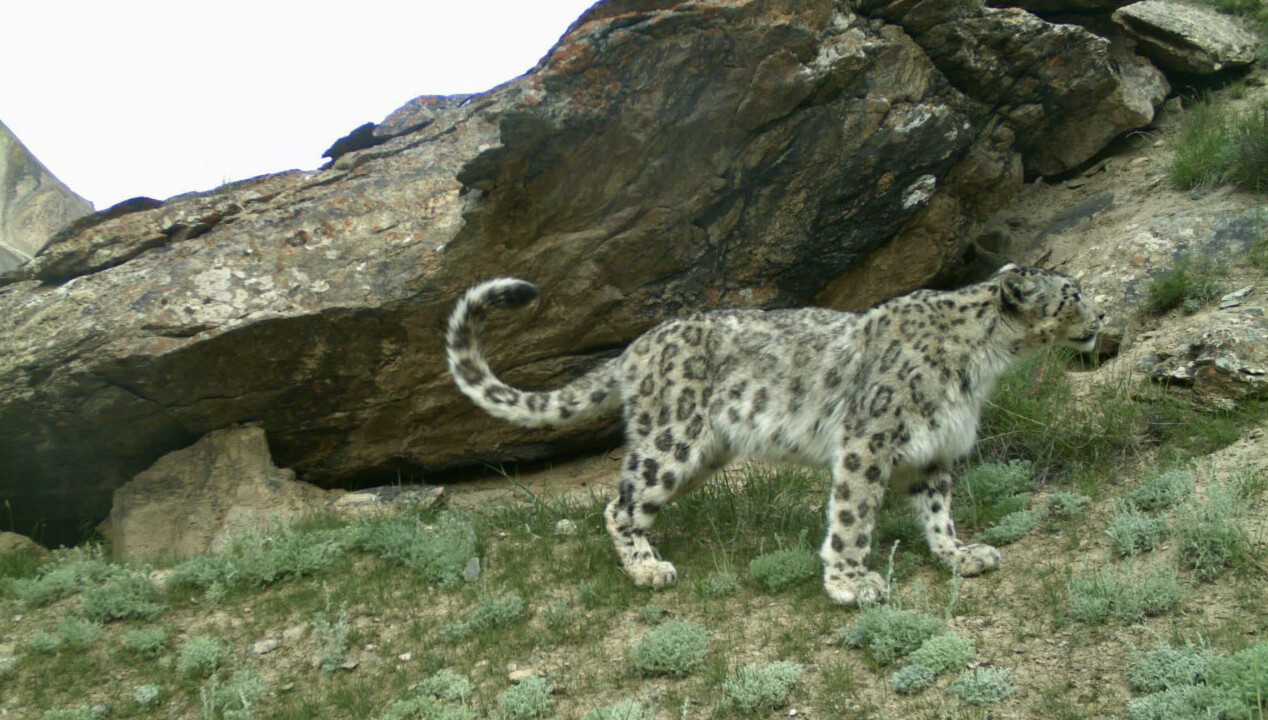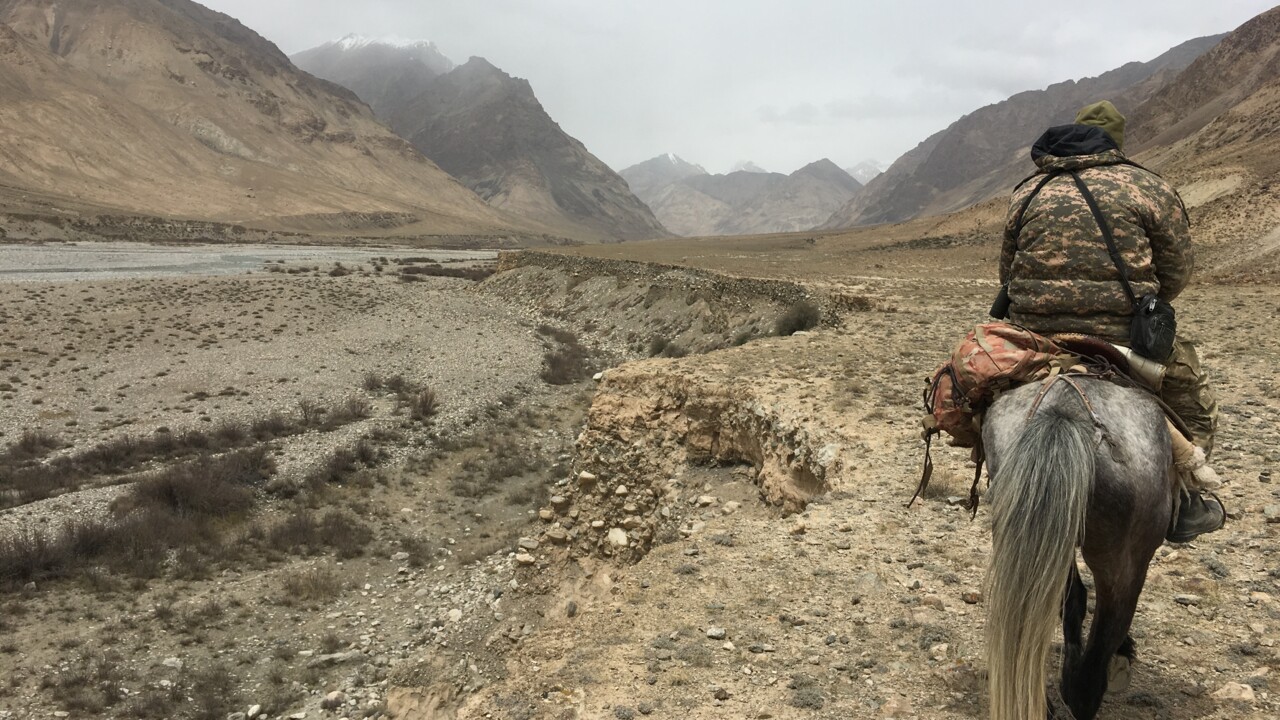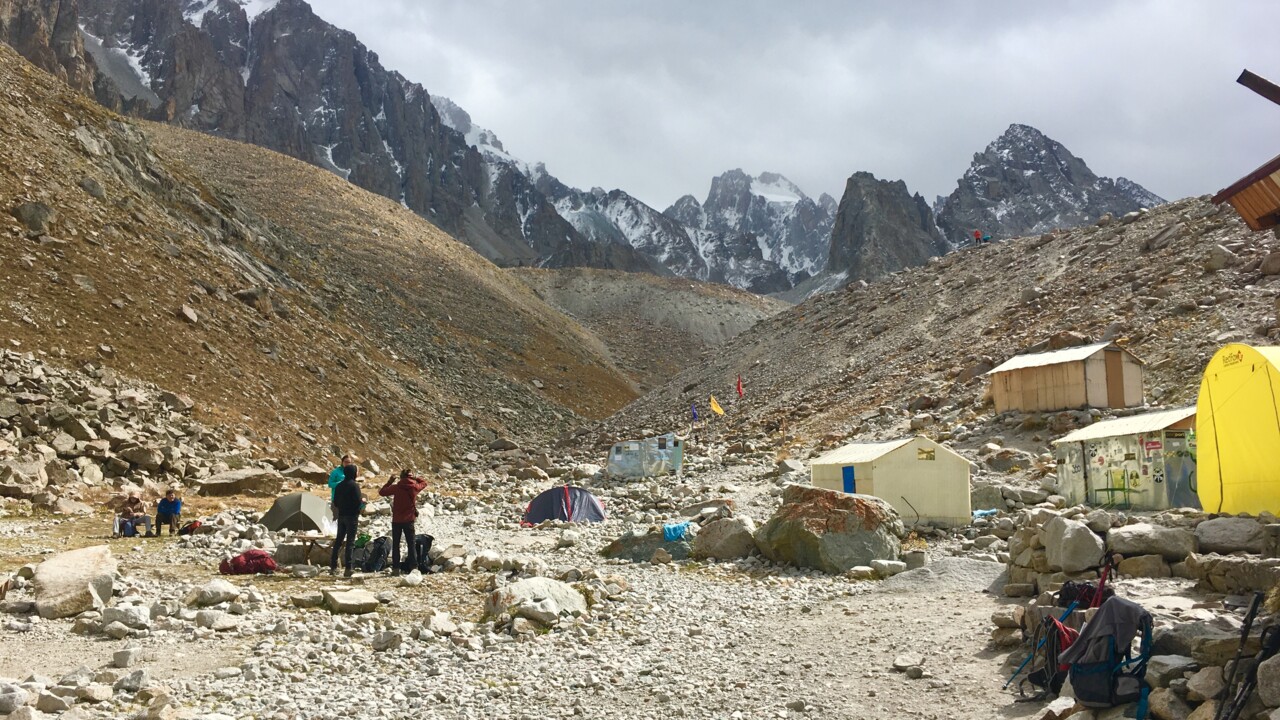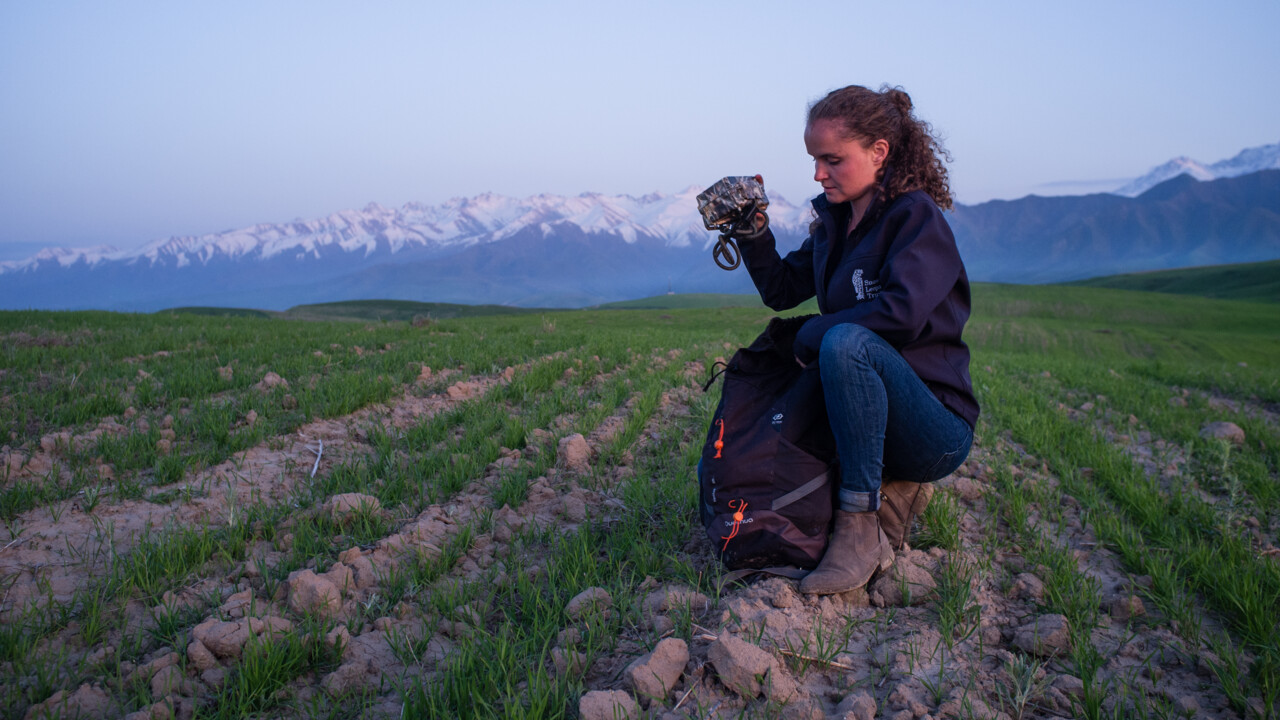ABOUT Sherry Young
Age: 25.
Education: Bachelor’s degree in Ecology from Nantes University, France, Master’s degree in Ecology from Umeå University, Sweden.
Lives: in Bishkek, Kyrgyzstan.
In my spare time: musician, volleyball player, travel bug
Me in 3 words: Driven. Stubborn. Optimistic.


